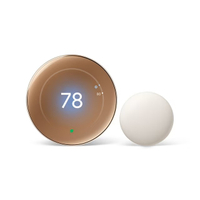I’ve been using Google’s new Nest Learning Thermostat for 6 months — and these 3 features make the upgrade totally worth it
From Power Sharing to Dynamic Farsight, Google has packed quite a few upgrades into its latest smart thermostat
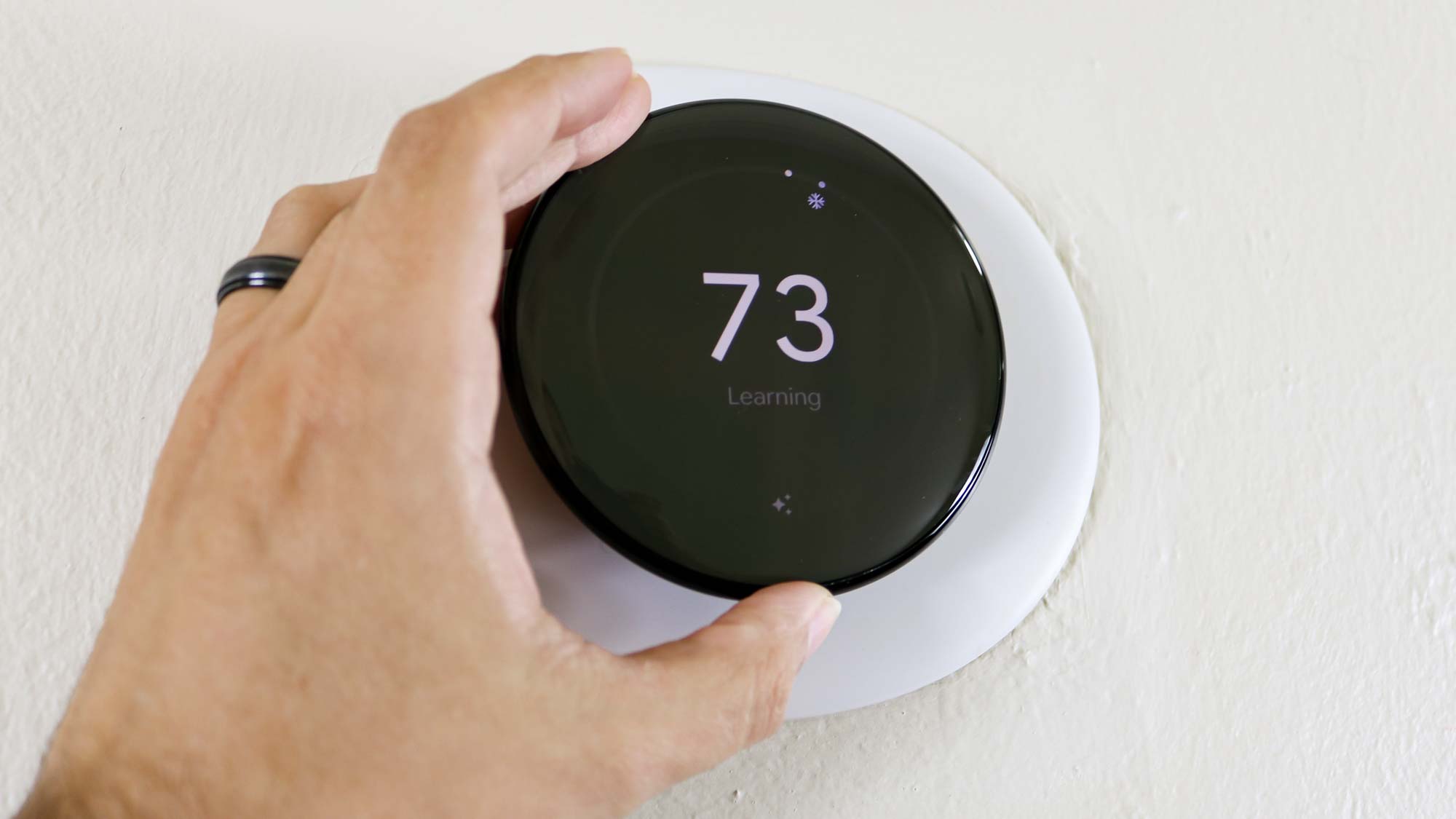
Upgrading your smart thermostat probably wasn’t too high up on your list of priorities until Google revealed that it would end support for its first and second generation Nest Learning Thermostats in October.
Once October rolls around, those older Nest thermostats will lose all smart functionality. This means you won’t be able to control them remotely using your smartphone or with your voice through your smart speaker. These older models will continue to work but only as a regular thermostat where you’ll need to adjust them manually.
If you’ve suddenly been hit with the news that your smart thermostat is about to go back to being dumb, you might be thinking of switching to another one of the best smart thermostats instead. Likewise, you might be considering upgrading to the Nest Learning Thermostat (4th gen), so that you keep using it just like you did with your old smart thermostat.
I’ve been using the latest Nest Learning Thermostat for the past six months and while it’s certainly expensive, these three features have made the upgrade worth it for me.
Here’s what you need to know about Google’s latest smart thermostat and why sticking with Nest might make the most sense for you.
The latest smart thermostat from Google features an all new design with a 60% larger LCD display, improved smart features and it even comes with a Nest Temperature Sensor (2nd Gen) so that you can keep a particular room at a certain temperature. It’s also very easy to install and with Power Sharing built-in, you can power the device right from the wall even if you don’t have a C-wire installed.
Shared power

Up until I switched to the latest Nest thermostat, I was using the previous model since it came pre-installed in my home. While it worked well for the most part, I wasn’t able to have its screen on at all times, as this would quickly drain its battery.
If you’re familiar with how thermostats are wired, then you’ll know that many models including Google’s own Nest devices use a C-wire for power. I didn’t have one installed which meant I would periodically have to take my previous Nest thermostat off the wall to charge for a few hours.
This got annoying really fast, especially when its battery died during a particularly hot day in the summer. Fortunately though, the new Nest Learning Thermostat (4th Gen) features Power Sharing, so a C-wire isn’t required to power the device. Instead, the thermostat is able to draw power from the other wires connected to it.
Given how the new Nest Learning Thermostat can display all sorts of useful information besides your home’s current temperature (more on that later) it’s great that I no longer have to charge it. In fact, in the six months plus I’ve been using it, I’ve never had to take it off the wall to charge.
A bold new design
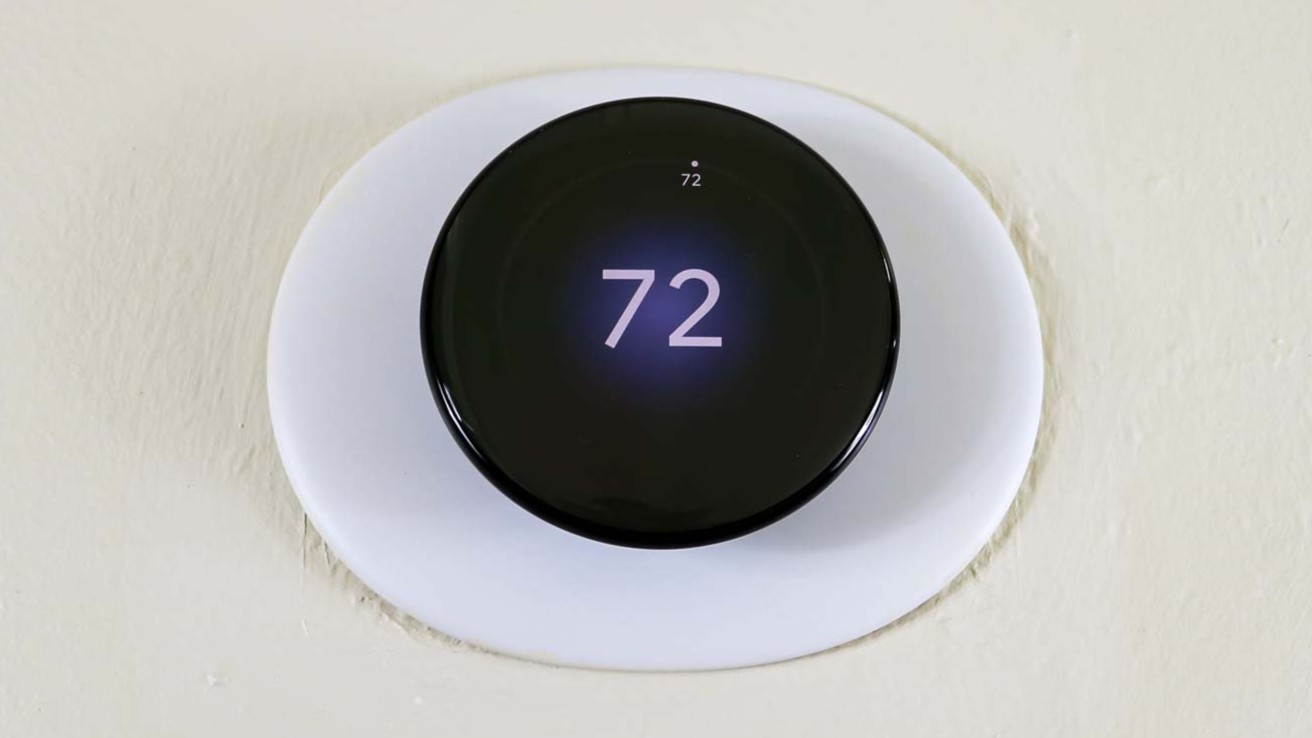
With a smart device that’s permanently attached to the wall, you want to look good and even after all these months, the Nest Learning Thermostat (4th Gen) continues to impress me.
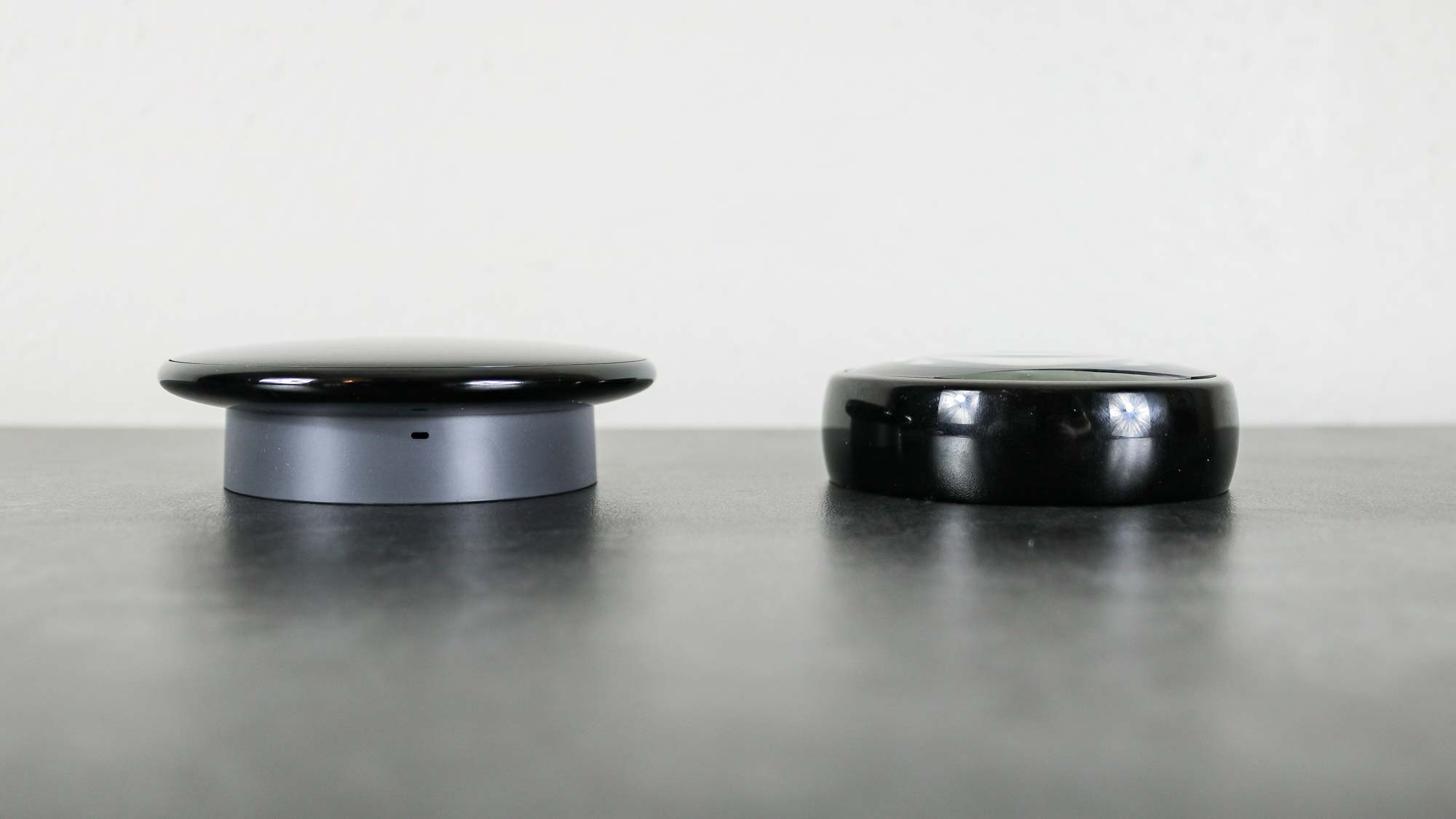
Instead of the hockey puck-shaped design of previous models, this newer Nest looks almost like Google drew inspiration from its own Pixel Watch. In the picture above, you can see the Nest Learning Thermostat (4th Gen) on the left with the previous generation model on the right.

As you can see, the screen on this new model extends out over the base and when mounted to the wall, almost appears if it’s floating there. This still takes me back whenever I walk past it but there’s another advantage to this new design.
When you need to adjust your thermostat’s temperature or even delve into its settings, this is the part you grab and turn. It feels really nice in hand and turning it to make adjustments is really smooth overall.
Useful info at a glance
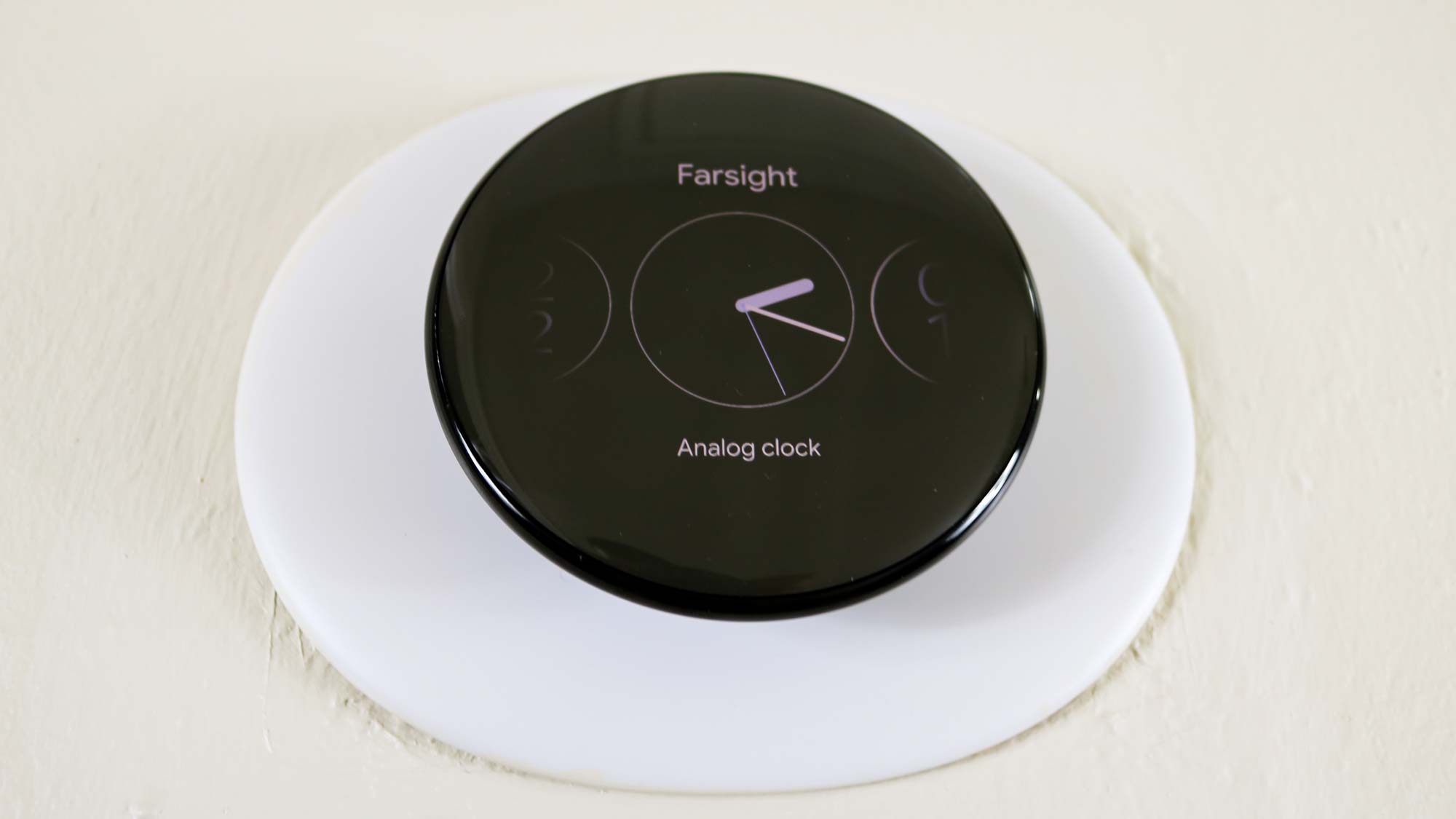
Besides Power Sharing and its sleek new design, my favorite thing about the new Nest Learning Thermostat is Dynamic Farsight. This allows you to customize your thermostat’s home screen to show additional info besides your home’s current temperature.
For instance, you can have your thermostat show a digital clock, an analog clock or the weather outside when you walk by. This feature uses the thermostat’s presence detector and when you get close enough, its home screen lights up with whatever Farsight Face you’ve selected.
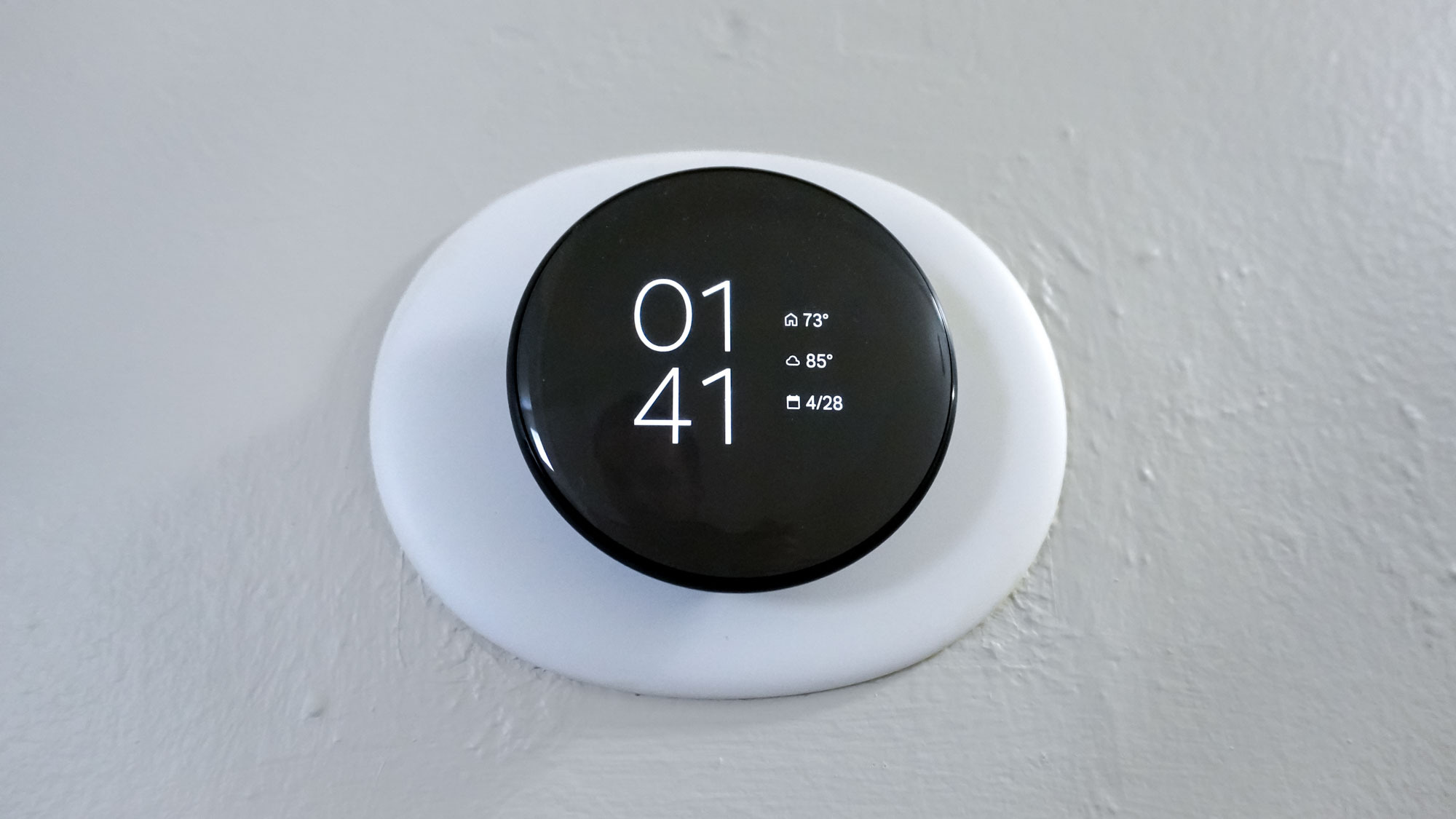
On my own thermostat, I have it set up to show the time as a digital clock with the current indoor temperature, outdoor temperature and the date off to the side. I was hoping that Google would add more Farsight Faces to the Nest Learning Thermostat (4th Gen) in a future update, but as of now, you still have the same options that were available at launch.
While Dynamic Farsight is cool, it wouldn’t have worked at all in my home if Google also hadn’t added Power Sharing to the latest version of its smart thermostat. Likewise, the all new design with a 60% larger display lends itself to being used this way.
Not your only option

At $279, the Nest Learning Thermostat (4th Gen) is an expensive upgrade to say the least. However, it’s not your only option.
If you’re on a budget but still want to be able to control your home’s HVAC system from your phone or one of the best smart speakers, there’s always the simpler Nest Thermostat. At $129, it’s a lot cheaper but there are few caveats to keep in mind.
For starters, the standard Nest Thermostat isn’t as smart as its more advanced (and expensive) sibling. You can’t set up auto-scheduling, it doesn’t come with a trim plate and it’s compatible with 85% of HVAC systems as opposed to the Nest Learning Thermostat’s 95% compatibility. You may also need to have a C-wire installed depending on your system.
Then there’s always the Nest Learning Thermostat (3rd Gen). However, it costs almost as much as the 4th Gen model and there’s no telling when Google may decide to discontinue it.
If you have an older, soon to be unsupported Nest Thermostat, keep an eye on your inbox as Google says it will be contacting owners of 1st and 2nd Gen thermostats with a special offer that takes $130 off when you upgrade to the latest model.
All in all though, I’ve been very happy with the Nest Learning Thermostat (4th Gen) and it hasn’t let me or my home’s HVAC system down yet.
More from Tom's Guide
Sign up to get the BEST of Tom's Guide direct to your inbox.
Get instant access to breaking news, the hottest reviews, great deals and helpful tips.

Anthony Spadafora is the managing editor for security and home office furniture at Tom’s Guide where he covers everything from data breaches to password managers and the best way to cover your whole home or business with Wi-Fi. He also reviews standing desks, office chairs and other home office accessories with a penchant for building desk setups. Before joining the team, Anthony wrote for ITProPortal while living in Korea and later for TechRadar Pro after moving back to the US. Based in Houston, Texas, when he’s not writing Anthony can be found tinkering with PCs and game consoles, managing cables and upgrading his smart home.
You must confirm your public display name before commenting
Please logout and then login again, you will then be prompted to enter your display name.
